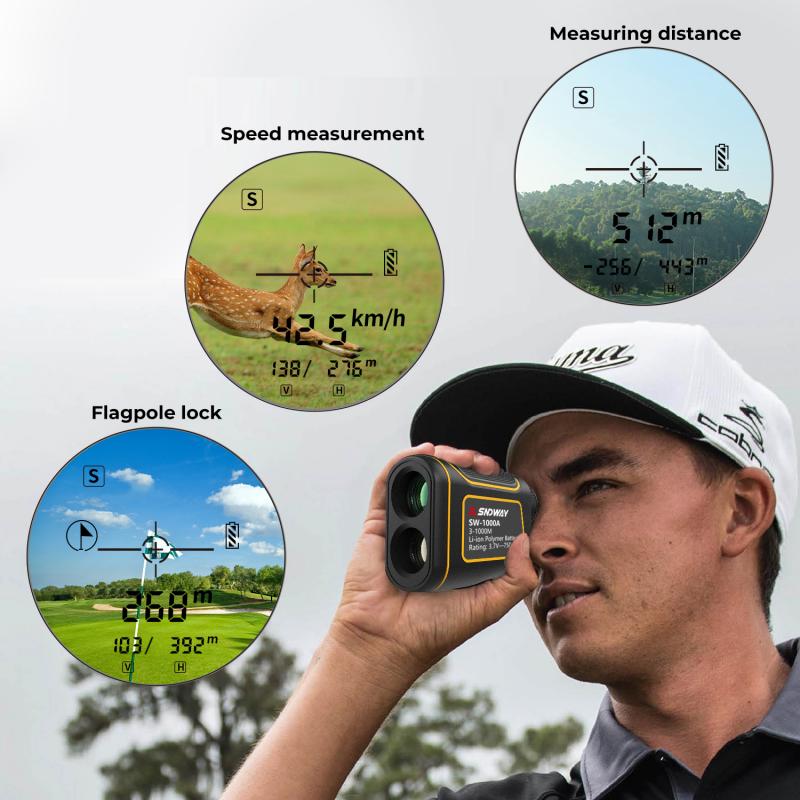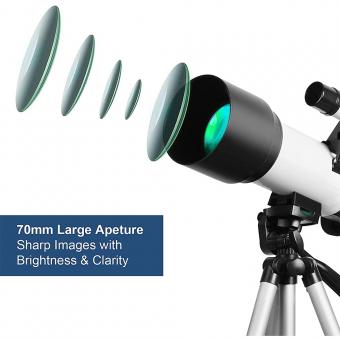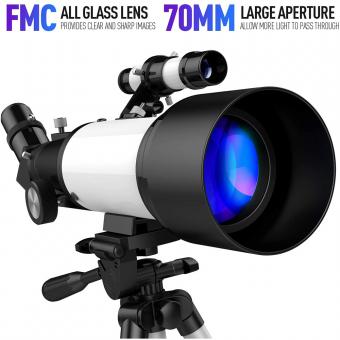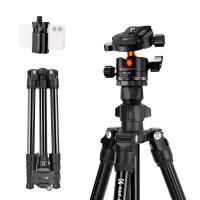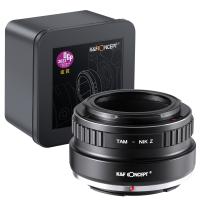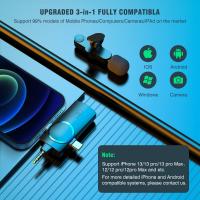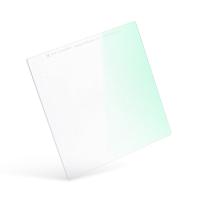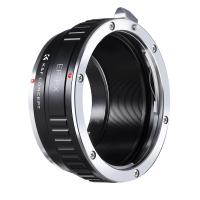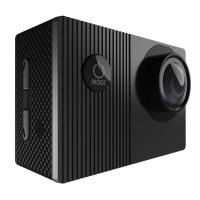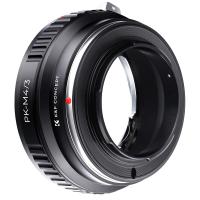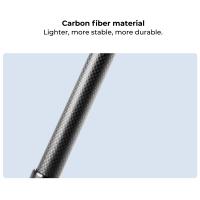What Is A Good Telescope To See Planets ?
One good telescope for viewing planets is the Celestron NexStar 8SE. It is a Schmidt-Cassegrain telescope with an 8-inch aperture, which allows for clear and detailed views of planets like Jupiter, Saturn, Mars, and Venus. The telescope also comes with a computerized mount and a database of over 40,000 celestial objects, making it easy to locate and track planets. Another option is the Orion SkyQuest XT8 Classic Dobsonian Telescope, which has an 8-inch aperture as well. It offers excellent light-gathering capabilities and is known for its sharp and bright views of planets. Both telescopes are popular choices among amateur astronomers for planetary observation.
1、 Aperture: Larger diameter for better planet observation.
A good telescope to see planets is one that has a larger aperture. The aperture refers to the diameter of the telescope's main optical component, which is typically the objective lens or primary mirror. A larger aperture allows more light to enter the telescope, resulting in brighter and more detailed views of celestial objects, including planets.
When observing planets, it is crucial to have a telescope with a sufficient aperture size to gather enough light and resolve fine details on their surfaces. Planets like Jupiter and Saturn exhibit intricate cloud bands and prominent features such as the Great Red Spot, while Mars showcases polar ice caps and surface features like valleys and mountains. A larger aperture telescope will provide a clearer and more immersive view of these planetary characteristics.
In recent years, there have been advancements in telescope technology that have made larger aperture telescopes more accessible and affordable. For example, there are now computerized telescopes with larger apertures that can automatically track celestial objects, making it easier for beginners to locate and observe planets.
It is important to note that while a larger aperture is beneficial for planet observation, other factors such as the quality of the optics, the stability of the mount, and atmospheric conditions also play a role in the overall viewing experience. Therefore, it is recommended to consider a telescope with a larger aperture, but also ensure that it is of good quality and suitable for your observing needs.
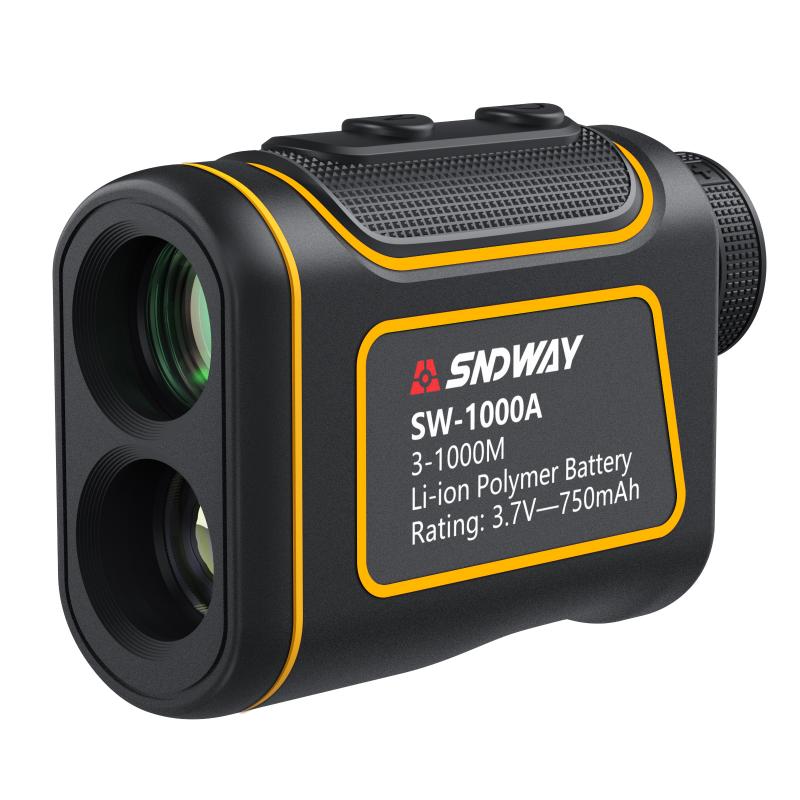
2、 Focal Length: Longer focal length for higher magnification.
A good telescope to see planets is one that offers a combination of high magnification and a longer focal length. The focal length refers to the distance between the lens or mirror of the telescope and the point where the light converges to form an image. Longer focal lengths allow for higher magnification, which is crucial when observing planets.
When it comes to planetary observation, details such as the rings of Saturn, the cloud bands on Jupiter, or the polar ice caps on Mars are what astronomers strive to see. To achieve this, a telescope with a longer focal length is preferred. This allows for greater magnification, bringing out finer details and enhancing the overall viewing experience.
However, it is important to note that simply having a longer focal length is not the only factor to consider. The quality of the optics, the size of the aperture, and the stability of the mount are also crucial for a good planetary observing experience. A larger aperture allows for more light gathering, resulting in brighter and clearer images. A stable mount is essential to minimize vibrations and ensure steady viewing.
In terms of the latest point of view, advancements in technology have led to the development of computerized telescopes with motorized mounts. These telescopes can automatically track celestial objects, making it easier to locate and observe planets. Additionally, some telescopes now come with built-in cameras or the ability to attach cameras, allowing for astrophotography and the capture of stunning planetary images.
In conclusion, a good telescope for observing planets should have a longer focal length for higher magnification. However, it is important to consider other factors such as optics, aperture size, and mount stability to ensure a satisfying planetary observing experience. The latest advancements in technology have also introduced computerized telescopes and astrophotography capabilities, enhancing the overall planetary viewing experience.
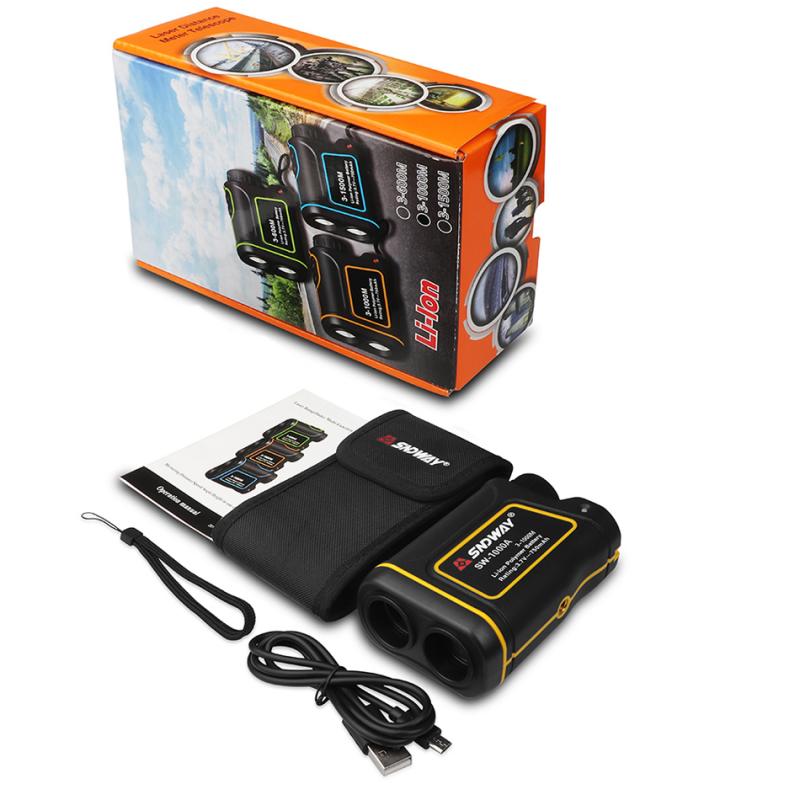
3、 Mount Type: Stable equatorial or alt-azimuth mount for tracking.
A good telescope to see planets would be one that offers a combination of high magnification and good image quality. There are several factors to consider when choosing a telescope for planetary observation, such as aperture size, focal length, and mount type.
In terms of aperture size, a larger telescope will generally provide better views of planets. A telescope with an aperture of at least 4 inches (100mm) is recommended for planetary observation. This allows for better light gathering, resulting in clearer and more detailed views of planets.
Focal length is also important, as it determines the magnification power of the telescope. A longer focal length will provide higher magnification, allowing for closer views of planets. However, it's important to strike a balance between magnification and image quality, as excessive magnification can lead to a blurry or dim image.
When it comes to the mount type, a stable equatorial or alt-azimuth mount is recommended for tracking planets. These mounts allow for smooth and precise movement, which is crucial when trying to keep planets in view as they move across the sky. A stable mount also helps to minimize vibrations, which can negatively impact image quality.
In terms of the latest point of view, advancements in technology have led to the development of computerized or motorized mounts that can automatically track celestial objects. These mounts use GPS and other technologies to accurately track planets, making it easier for beginners to locate and observe them.
Overall, a good telescope for planetary observation would have a decent aperture size, a suitable focal length, and a stable equatorial or alt-azimuth mount for tracking. It's also worth considering additional features such as computerized tracking for added convenience.
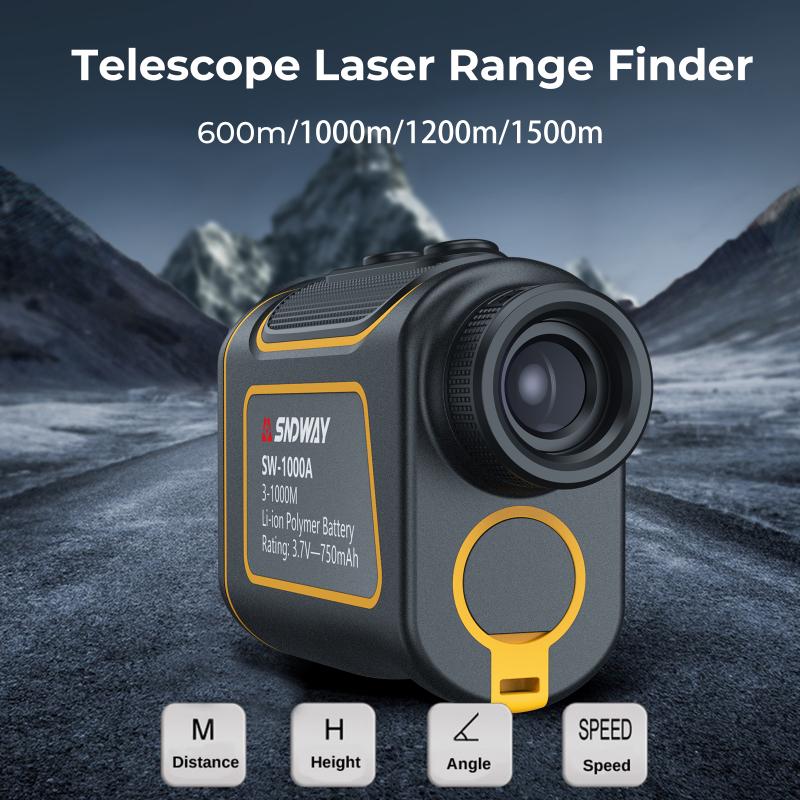
4、 Optical Design: Refractor or compound telescope for crisp views.
A good telescope to see planets is one that offers crisp and clear views of celestial objects. When it comes to optical design, there are two main options to consider: refractor telescopes and compound telescopes.
Refractor telescopes use lenses to gather and focus light, providing excellent image quality. They are known for their sharpness and contrast, making them a popular choice for planetary observation. Refractors are also relatively low maintenance and easy to use, making them suitable for beginners and experienced astronomers alike.
On the other hand, compound telescopes, also known as catadioptric telescopes, combine lenses and mirrors to form an optical system. They offer a compact design and are known for their versatility, making them suitable for both planetary and deep-sky observation. Compound telescopes, such as Schmidt-Cassegrain or Maksutov-Cassegrain designs, often have a longer focal length, which can enhance planetary views.
In terms of the latest point of view, technological advancements have led to the development of high-quality telescopes with advanced features. Some telescopes now come with computerized mounts and built-in GPS systems, allowing for automated tracking and locating of planets. Additionally, there are telescopes equipped with specialized filters that enhance planetary details and reduce atmospheric disturbances.
Ultimately, the choice between a refractor or compound telescope depends on personal preferences, budget, and specific observing needs. Both designs can provide crisp views of planets, and it's important to consider factors such as aperture size, focal length, and additional features when making a decision. Consulting with experienced astronomers or visiting a local astronomy club can also provide valuable insights and recommendations.
